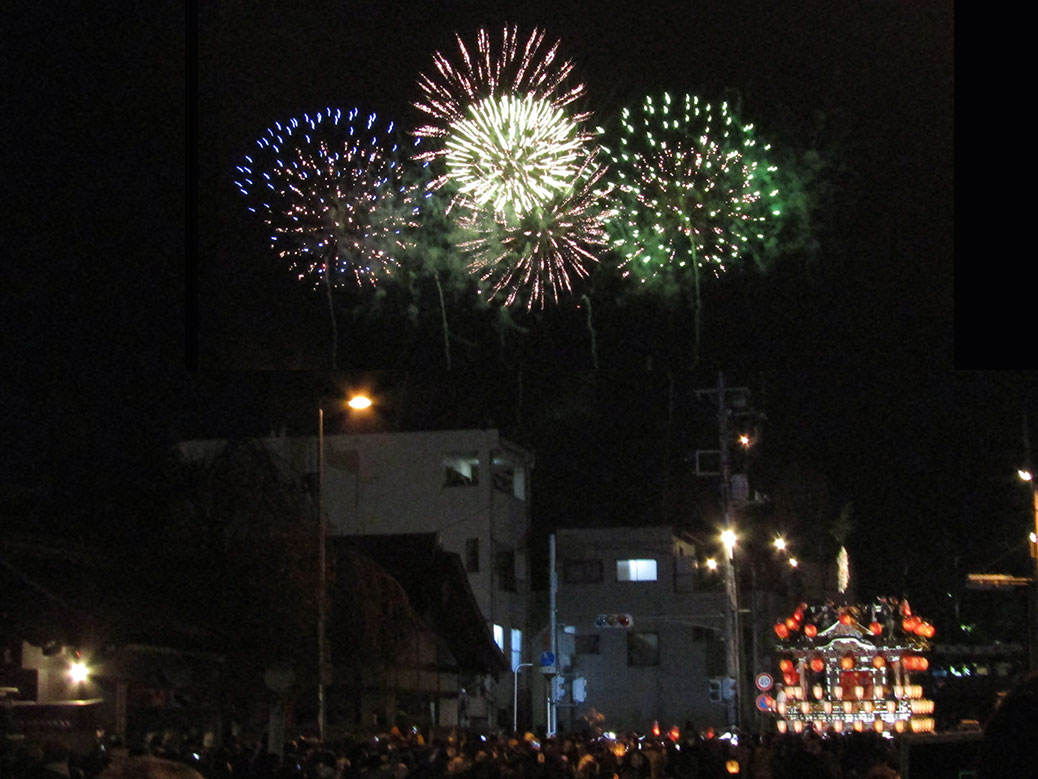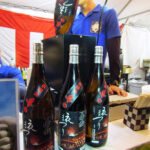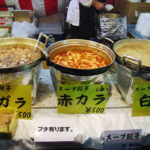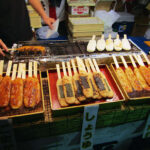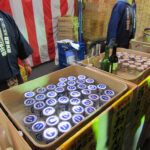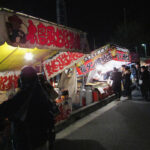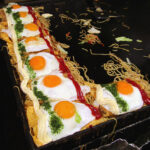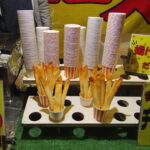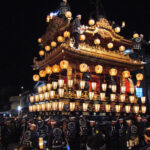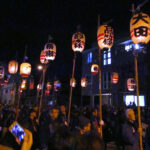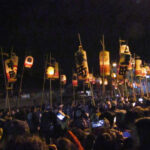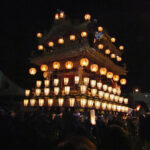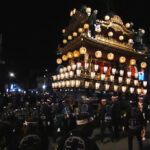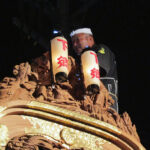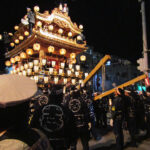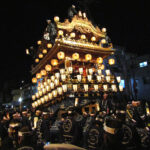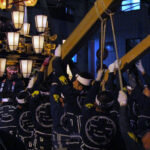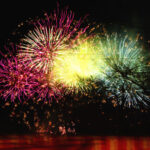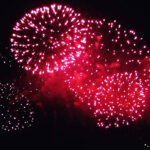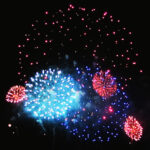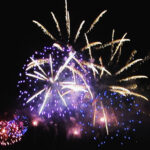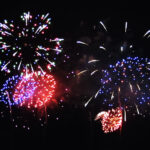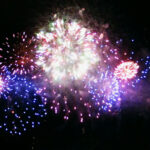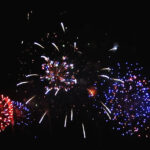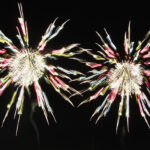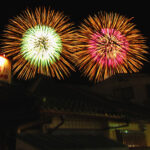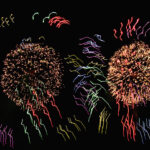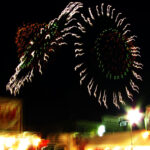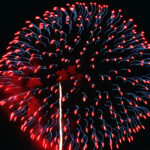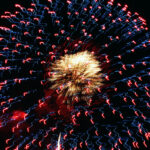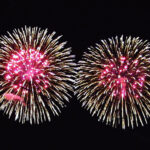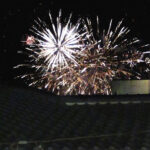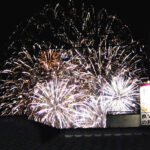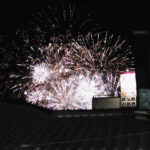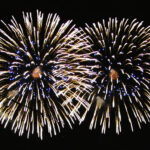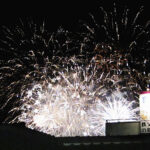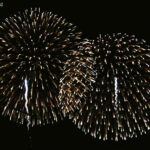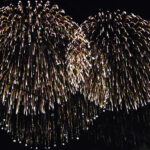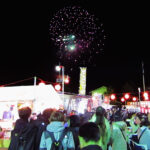Tradition trumping modernity brings me great joy. For more than 300 years, the Chichibu Yomatsuri (Night Festival) has been held annually on December 2 and 3. It doesn’t matter if those days fall on the weekend or, as they were this year, Wednesday and Thursday.
The midweek schedule didn’t stop visitors flocking from Tokyo and beyond out to the small town in the foothills of the Okuchichibu Mountains. The festival is considered one of Japan’s three great float festivals alongside those in the cultural titans of Kyoto and Nara.
Click any photo in the gallery to see a larger version and start a slideshow view
The best part about night festivals is that they start around dinner time, so it’s a great excuse to pig out on festival food. There’s a lot of festival standards, but each town also has its own unique festival foods. In Chichibu, we saw a variety of dumpling soups and omusoba, which is an egg omelette wrapped around yakisoba noodles and topped with a sunny-side-up egg, ketchup and mayonaisse. It was kind of amazing.
December 3 is the main day of the festival. The parade features floats carried from Chichibu Shrine to the city hall where they’re displayed and used as stages for kabuki performances.
Click any photo in the gallery to see a larger version and start a slideshow view
The float parade is lively with a group of young people leading the way with chants of “Ho-ryai!” (“Hooray!”). The massive float follows behind, performers waving lanterns on the stage built into the front and others hanging from the top, at least 20-feet above the ground.
Read an interesting perspective on the building of the floats at Sonic-Yoshi
The ornate floats, called “yatai,” are built using Japanese elm wood and weigh as much as 20 tons. They move slowly through the streets until they reach the intersection near Ohanabatake Station. Here they perform a ceremonial turning of the float called nonoji-mawashi, or “Turning in the Shape of No.” In this case, “no” is the character の.
The danger is palpable; the gasps from the crowd audible. It takes a dozen people using long wooden pillars to lift the end of the float enough that someone can crawl underneath and rearrange the direction of the wheels. Dozens more push the behemoth into its の-shaped turn. All the while, the float lists, leans and wobbles like a disaster waiting to happen.
Click any photo in the gallery to see a larger version and start a slideshow view
Before, during and after the parade, the sky lights up with hundreds of fireworks. Hanabi (firework viewing) is usually a summertime event, so the show in Chichibu is unique in December. It also gave us an opportunity to try out the “Fireworks” setting on our camera, capturing some fun shots.
I find myself running out of superlatives for the things we’re so fortunate to experience in Japan. Chichibu is one of our favorite places in Japan (see here and here and here) and it just received another tick in the plus column.

